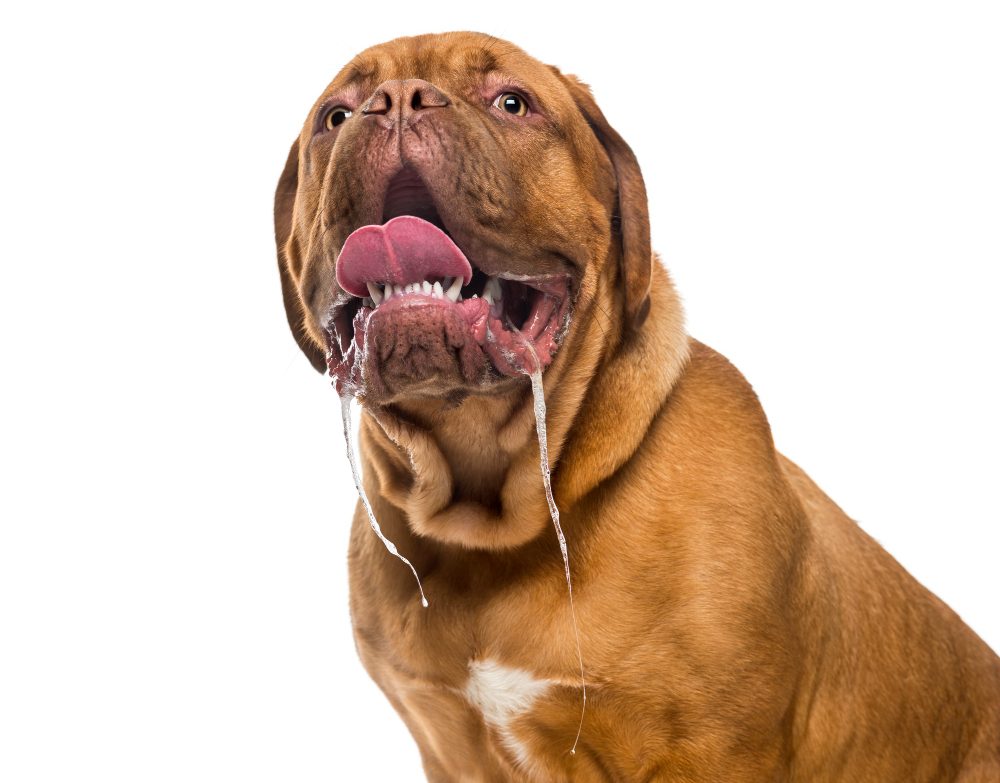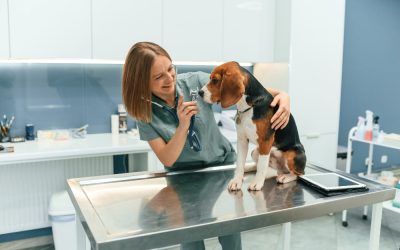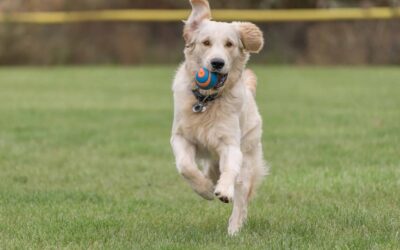Why Is My Dog Drooling So Much?

Excessive drooling in dogs can range from a minor inconvenience to a sign of a serious health issue. While some drooling is entirely normal, it’s crucial to recognize when it might signal a problem. A sudden increase in drooling, accompanied by other symptoms like lethargy or vomiting, often points to underlying issues requiring attention.
Drooling in Dogs: What’s Normal and What’s Not
When Drooling Is Expected
For some dogs, drooling is simply part of their charm. Breeds like Saint Bernards, Bulldogs, and Newfoundlands are naturally prone to salivation due to their loose jowls and facial anatomy. Similarly, your dog might drool at the sight or smell of food or when they’re excited, such as during playtime or mealtime.
When to Be Concerned
Drooling becomes concerning when it deviates from your dog’s usual pattern. A sudden onset of excessive drooling, especially if accompanied by signs like whining, pawing at the mouth, or a change in behavior, often suggests an underlying issue. Pay attention to how and when the drooling occurs—it can provide valuable clues to what might be wrong.
Common Causes of Excessive Drooling
1. Dental and Oral Issues
One of the most frequent culprits behind excessive drooling is oral discomfort.
- Tooth Decay or Gum Disease: Dogs with dental problems may salivate more as their body reacts to pain or infection. Swollen gums, bad breath, or difficulty eating are telltale signs.
- Foreign Objects: Bones, sticks, or small toys can get stuck in your dog’s mouth or throat, causing irritation. If your dog is pawing at their face or gagging, check their mouth carefully.
- Oral Injuries: Cuts, sores, or ulcers inside the mouth can lead to increased salivation as your dog’s body attempts to heal.
2. Digestive Upsets
- Nausea: Dogs experiencing motion sickness, eating something spoiled, or mild poisoning often drool excessively. Look for additional signs like vomiting or a hunched posture.
- Acid Reflux: Gastrointestinal irritation can lead to drooling, especially if your dog burps or retches.
3. Heatstroke
Dogs rely on panting to regulate their temperature, but excessive heat can overwhelm this mechanism. Signs of heatstroke include heavy drooling, panting, and difficulty breathing. This condition can escalate quickly, so it’s vital to act fast if you suspect your dog is overheating.
4. Poisoning or Toxic Substances
Exposure to harmful substances such as chocolate, toxic plants, household cleaners, or human medications can cause sudden, excessive drooling. Other symptoms may include vomiting, diarrhea, or tremors. If you suspect poisoning, contact your veterinarian immediately.
5. Respiratory Infections or Throat Problems
- Kennel Cough and Throat Infections: Irritation in the throat can make swallowing painful, leading to drooling. Watch for coughing or difficulty eating.
- Tumors: Growths in the mouth or throat can obstruct swallowing and increase salivation.
6. Neurological Disorders
Conditions such as epilepsy or nerve damage can affect swallowing and mouth function, resulting in drooling. Look for additional symptoms like seizures, tremors, or disorientation.
7. Stress or Anxiety
Just like humans sweat when nervous, dogs may drool excessively when stressed. Common triggers include thunderstorms, car rides, or separation from their owners. If your dog’s drooling coincides with these events, it’s likely stress-related.
8. Underlying Medical Conditions
- Kidney or Liver Disease: Nausea caused by these conditions can lead to drooling, along with bad breath or changes in appetite.
- Rabies: Though rare, excessive drooling is a hallmark symptom of this serious disease.
When to Seek Veterinary Attention
Signs That Require Immediate Care
If your dog’s drooling is sudden, severe, or accompanied by any of the following, it’s time to visit the vet:
- Vomiting or diarrhea.
- Lethargy or collapse.
- Visible pain, such as whining or reluctance to move.
- Difficulty breathing or swallowing.
Your vet will ask about your dog’s symptoms, recent activities, and possible exposure to toxins, so be prepared with as much information as possible.
Immediate Steps and Home Remedies
1. Inspect Your Dog’s Mouth
Carefully check for foreign objects, injuries, or visible signs of irritation. If you find something lodged, do not attempt to remove it yourself if it’s deep in the throat or causing significant distress—seek professional help.
2. Cooling Your Dog
For signs of heatstroke, move your dog to a cool area immediately. Offer water and use cool (not cold) damp towels on their body to help lower their temperature. Avoid ice-cold water, as it may cause shock.
3. Addressing Nausea
If your dog seems nauseated, avoid feeding them until symptoms subside. Small amounts of water can help keep them hydrated. For recurring issues, consult your vet about anti-nausea treatments.
4. Preventing Access to Toxins
Ensure your home is pet-safe by securing toxic items like chocolate, household cleaners, and medications. If ingestion occurs, contact a pet poison control hotline immediately.
Prevention: Keeping Excessive Drooling at Bay
1. Prioritize Dental Care
Regular brushing with dog-specific toothpaste and professional dental cleanings can prevent oral issues. Dental chews and toys are also helpful for maintaining healthy teeth and gums.
2. Manage Environmental Risks
Keep harmful items and small objects out of reach. Ensure your dog has access to shade and plenty of water during hot weather.
3. Routine Vet Visits
Regular check-ups can catch health problems early, especially for older dogs or breeds prone to specific conditions. Many wellness plans and routine care coverage options will provide reimbursement for these check-ups. Learn more about Odie’s Wellness Plan.
4. Stress Management
Provide a calm, stable environment, and use calming aids if your dog is prone to anxiety. Training and gradual exposure to stressors can help desensitize them over time.



